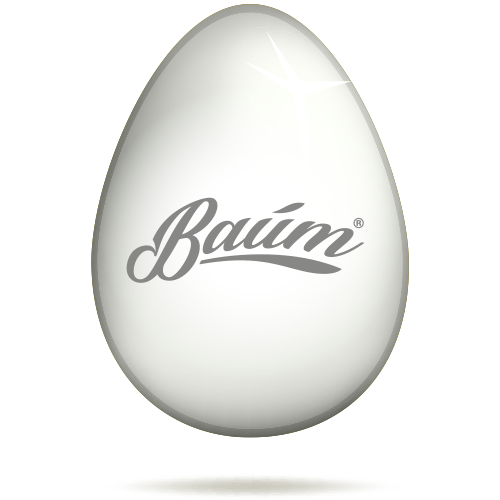The Impact of Humidity on Your Electric Guitar
Humidity—it’s not just a factor for bad hair days or sticky summers. Believe it or not, it plays a significant role in the life and performance of your beloved electric guitar. Whether you’re a seasoned musician or just starting out, understanding how humidity affects your instrument is crucial for maintaining its optimal condition and sound quality.
We have previously discussed how dry environments are bad for your guitar, but so can too much humidity be too.
First off, let’s talk about what humidity actually is.
In simple terms, it’s the amount of moisture present in the air. And while it might not seem like a big deal, changes in humidity can wreak havoc on the delicate balance of wood and metal that make up your electric guitar.
One of the most noticeable effects of humidity changes is on the wood. Wood is a hygroscopic material, meaning it absorbs and releases moisture from the air. It breathes, expands, and takes moisture from the environment naturally.
When the humidity level rises, wood absorbs moisture and expands. Conversely, when humidity drops, wood releases moisture and contracts. And even though it’s carved and worked into a new shape and sealed with lacquer, environmental conditions like sudden changes in temperature and humidity will continue to make your instrument react. Or in worse cases, bend, warp, expand, and contract. This constant expansion and contraction can lead to a whole host of problems for your guitar.
For instance, if the humidity is too high, the wood can swell, causing issues like warping, lifting bridges, or even cracking the body or neck of your guitar. On the other hand, if the humidity is too low, the wood can shrink, leading to fret sprout, buzzing strings, or even a warped neck.
But it’s not just the wood that’s affected by humidity changes. Metal components like frets, tuning pegs, and even the pickups can also be impacted. High humidity can cause metal to corrode, leading to tuning instability or even structural damage over time.
So, what can you do to mitigate the effects of humidity on your electric guitar?
The first step is awareness. Keep an eye on the humidity levels in your practice space or storage area, especially during extreme weather conditions. Investing in a hygrometer, a device that measures humidity, can help you monitor these changes accurately.
Additionally, consider storing your guitar in a controlled environment, such as a hard-shell case with humidity control packs or a room with a dedicated humidifier or dehumidifier. These measures can help maintain a stable humidity level and protect your instrument from unnecessary wear and tear.
Finally, regular maintenance and care are key. Inspect your guitar periodically for any signs of damage or warping, and address any issues promptly. Keep your instrument clean and properly hydrated with conditioning oils or treatments recommended by guitar manufacturers.
In conclusion, while humidity might seem like a minor detail in the grand scheme of things, it can have a significant impact on the performance and longevity of your electric guitar. By staying informed and taking proactive steps to mitigate the effects of humidity, you can ensure that your guitar stays in top condition for years to come, allowing you to continue making beautiful music without missing a beat.
GET YOUR GUITAR SET UP REGULARLY.
You can prevent a lot of severe damage with some simple preventative maintenance.
Winter can bring subtle but noticeable changes to your guitar’s playability and sound. Fret buzz, sharp fret edges, altered action, and noisy pots are all signs of potential problems.
Prevent these issues with annual preventative maintenance, because if you’re playing your guitar and you start noticing small problems with intonation and action. A professional setup and detailing will address these issues before they evolve worse and keep your guitar sounding and playing at its best.
In general, it’s preferred to schedule a professional set-up whenever seasons change.




